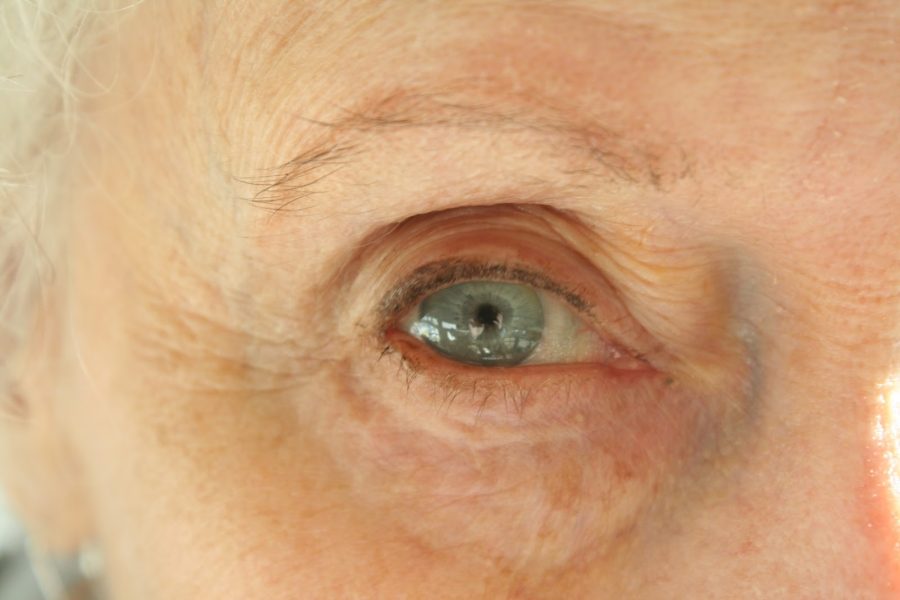In his upcoming research, the University of Arizona’s department head of Physiology, Nicholas Delamere, and his team spell hope for those experiencing loss of vision with the potential to revolutionize the way cataracts are treated, especially in countries with limited healthcare access.
Cataracts are a condition of the eye, and more specifically the lens. According to Delamere, they are the most common form of vision loss. It occurs due to the loss of transparency in the cells that make up the lens, the part of the eye that focuses light.
The human lens has the perfect shape and transparency to focus light in just the right way for us to see the world around us. It is made up of many cells that essentially function as a single unit. The way that they get energy and resources is through the outermost layer, a “skin,” which distributes these materials. Because the lens needs to be able to transmit light, the cells don’t have much in them except fluid. This, according to Delamere, is an important part of the research he is doing in relation to the way that fluid is transferred between cells in the lens interior.
RELATED: Let’s talk about body image
In a 2010 paper, Delamere reviews the 1960s work of his mentor George Duncan that he has built upon. Since then he has focused his research on the protein structures that control this fluid flow. Duncan’s work demonstrated that most of the fluid-shifting activity of the lens occurred in its outer layer, while the internal cells were able to share resources seamlessly. When the transfer of materials between the lens skin and the inside doesn’t happen correctly, the internal cells swell up and cause a loss of transparency.
A recent paper by Delamere and Mohammad Shahidullah, who holds a doctorate degree in Physiology, reports that swelling of lens cells acts as a signal for the transport of fluid through proteins known as TRPV1 and TRPV4. Together these control the amount of liquid in the cells of the lens, which has a direct effect on transparency.
“We’re gonna learn more about the calcium channels themselves … how they discriminate between structures … how the opening of the channel activates totally different pathways [in the cells],” Delamere said. The future of his research on this topic will be centered around determining how exactly TRPV1 and TRPV4 regulate the balance in the internal cells of the lens.
RELATED: University of Arizona researchers find possible treatment for dementia after stroke
Mayo Clinic lists the current treatment for cataracts as surgery. Specifically, a surgery that replaces the lens with a synthetic polymer one. It is fairly routine and generally considered safe, but still comes with rare risks like retinal detachment.
About 94 million people suffer from preventable cataracts, and there is a four-fold increase in the prevalence of the condition in lower-income countries, as reported by the World Health Organization. While surgery may be an option for those able to pay for it and access it, the options for victims of cataract-related blindness in countries with less access to healthcare may number even fewer. With sparse availability of medical treatment and reduced resources to pay, a nonsurgical treatment would bring cataract care to those in need.
“You can get a drug to the anterior surface of the lens okay, so it’s not unreasonable to think that there might be an avenue to develop therapeutic eye drops that would delay the further progression of cataracts once it’s first detected,” Delamere said. A nonsurgical treatment like the one he mentions here could reduce the prevalence of blindness worldwide.
With multiple grants in possession, Delamere and his associates are working to figure out the base causes of cataracts. His work offers hope for those afflicted with full or partial blindness due to this condition.
Follow the Daily Wildcat on Twitter









